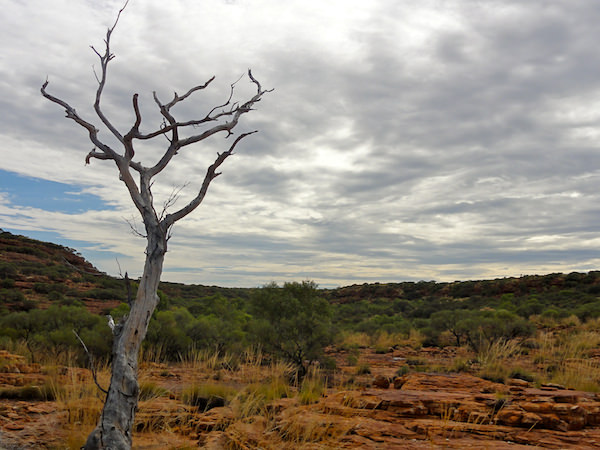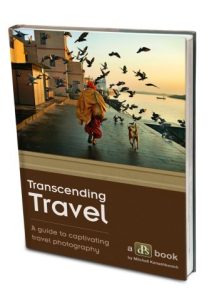Travel photography is a big part of most people’s trips. There’s nothing worse than getting home and having crap photos!
While we’re no experts on travel photography, we’ve learned a lot as we travel around the world full-time. Here’s some of our favourite tips, resources from the pros, and stories on travel photography.

Quick and simple travel photo tips
1. Clean your lens often! Make sure it’s free of dust then give it a quick polish. We carry a pen-style lens cleaner and use it several times a week.
2. Look at lighting. Is there shadow on your subject’s face? Does harsh light make things over-exposed? Do you really need that flash? When possible, take a few extra seconds to get this as good as possible.
3. Avoid sea-sickness with straight horizons. Don’t make your viewer sea-sick with a 15 degree angle on the photo. While big angles can have artistic merit, they’re no good for your holiday snapshots. If possible, use a grid overlay on your camera’s display or fix up in post-production using a simple program like iPhoto or Picasa.
4. Look at lines of power in your shot. Where is the eye being drawn?
5. Backup, backup, BACKUP! Don’t lose months of photos because your memory card breaks or is stolen. Backup to DVD in any camera shop worldwide and post it home (make sure their software doesn’t change the quality or format of your images). If you’re carrying a laptop, use Mozy as an online backup solution.
Further study
As well as hitting the library and browsing photo sites like Flickr for inspiration, we’ve used the following guides to help us improve our photography.
1. Transcending travel photography

The number one value-for-money ebook we’ve seen for people who want to take better travel photos. This book covers composition, lighting, landscapes and people photography so well, as well as having reasonably advanced sections for people trying to master manual/dSLR photography. It’s $19.97 from DPS.
2. Photo Nuts and Bolts, and Photo Nuts and Shots
By the same publisher as Transcending Travel Photography, these two books focus in on photographic technique and shot composition. It’s either an in-depth addition to the travel-specific offering above, or a great way to step up your shots even further. They’re $19.99 each – Photo nuts and bolts, Photo nuts and shots.
3. MatadorU Photography School
This is designed for people interested in becoming travel photographers. It has photographic advice in its lessons, but the real value is in reducing the risk of failure for budding professional photographers with advice on starting a business, how to approach editors and a market leads board plus community forums. Twelve sets of lessons are priced at $350.

The best camera for travel photography
There’s no “best” camera for travel photography. One is always balancing the cost, the specs and your ability (or desire to learn). All we can tell you about is our current set-up.
“The Awesome” Sony HX5
This is the thing that’s got Craig excited about photography again. While we looked at the Panasonic Lumix DMC-LX5 and the Canon S95, we were talked into the Sony HX5 by an enthusiastic in-store salesperson. We’re very happy with it because:
- It takes great shots on automatic most of the time, with very fast focus times.
- The sensor is closer in size to a dSLR than most point-and-clicks, meaning good colours and low-light performance.
- We can do fun things with the manual mode — not as easy to access as a dSLR but most options are there.
- We can shoot 10 shots in a second – great for kids and wildlife. It takes about 4-5 seconds to recover for the next shot.
- It has a nice in-camera HDR setting which gives us cool clouds, amongst other things.
- It has a magic-like panorama setting.
- It has a GPS, which means we should be able to do interesting things with maps in the future.
- Battery life is great, although the default charger is slow. There’s a faster charger available separately.

Would we buy a full dSLR? You know, the big cameras with swappable lenses? At this point, the answer is no. The sensor quality and processing speed of very high-end compact cameras is growing all the time and, at present, does almost everything we’d like in a camera. Having extra weight and more things to leave behind in a hostel, get stolen or be damaged by rain, dust and bad roads doesn’t appeal … although we might miss some shots, the trade-off is currently worth it.
However, it really would help take our photography to another level. If taking photos is a primary goal of your travels, then you really want to invest in a fast body and good selection of lenses. Some of the most popular dSLR bodies and kits are below:

